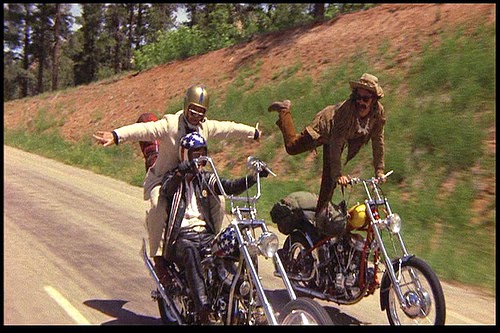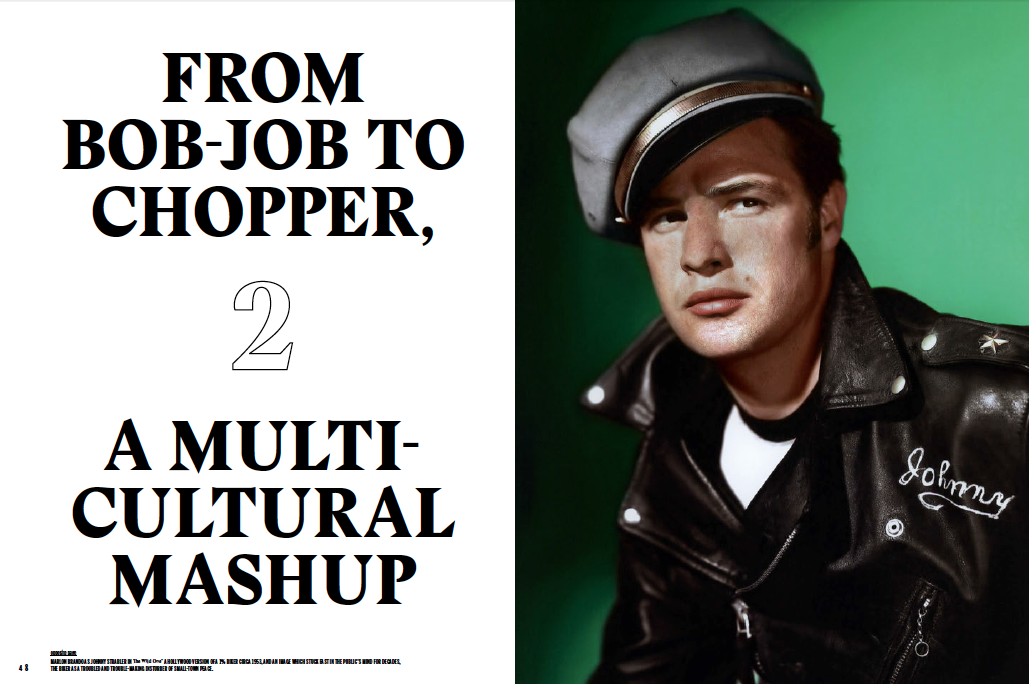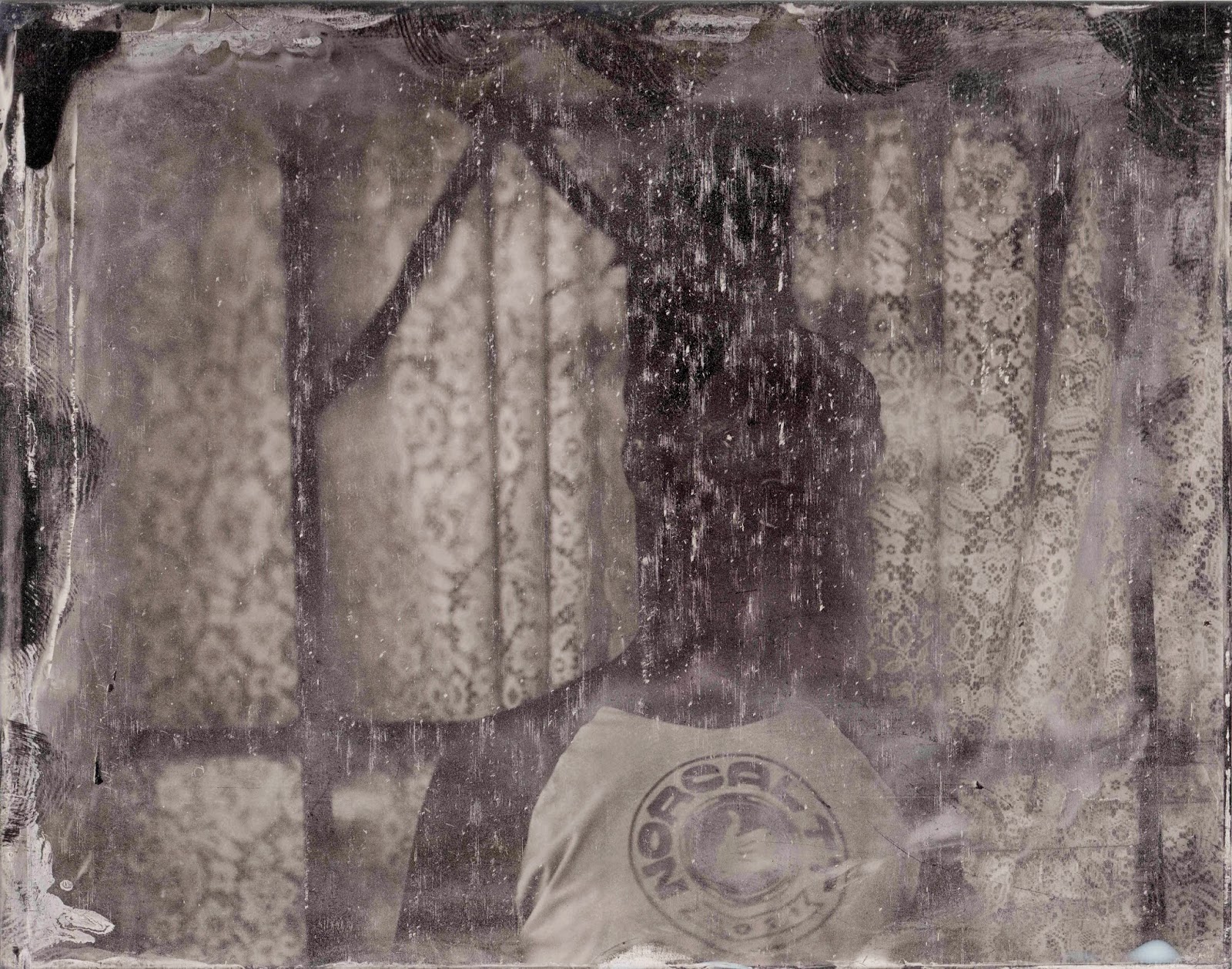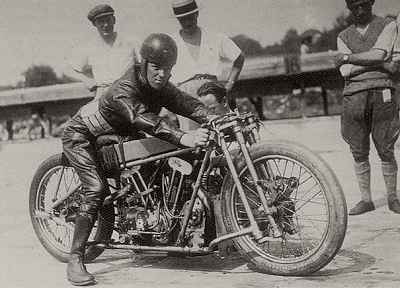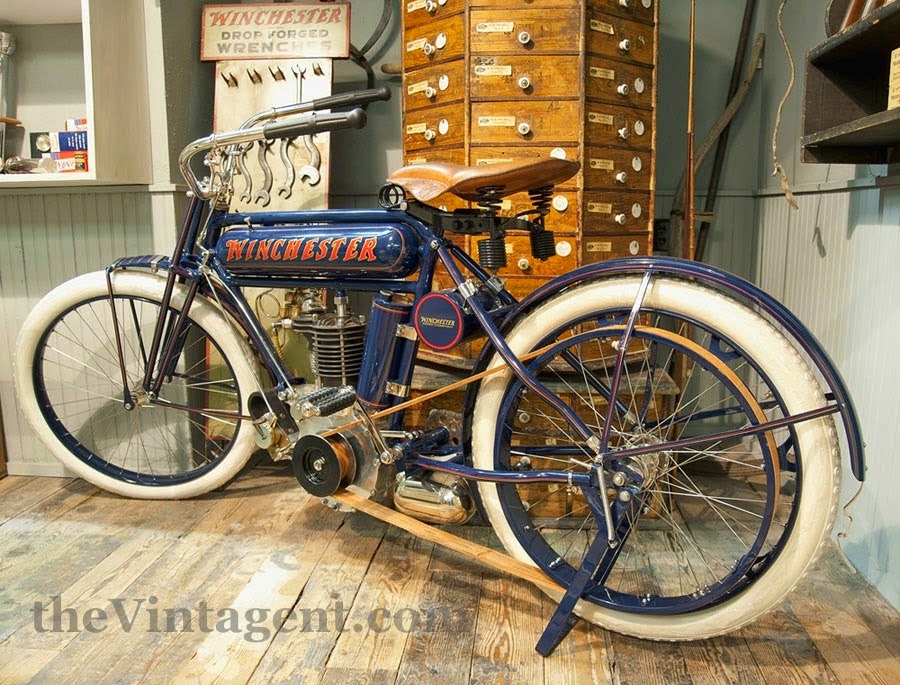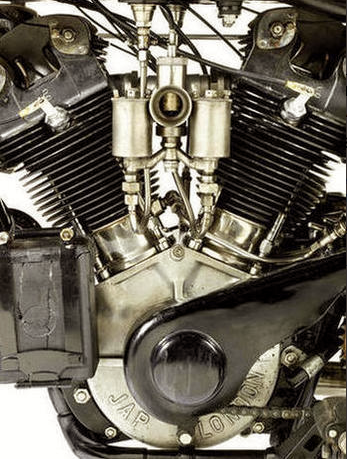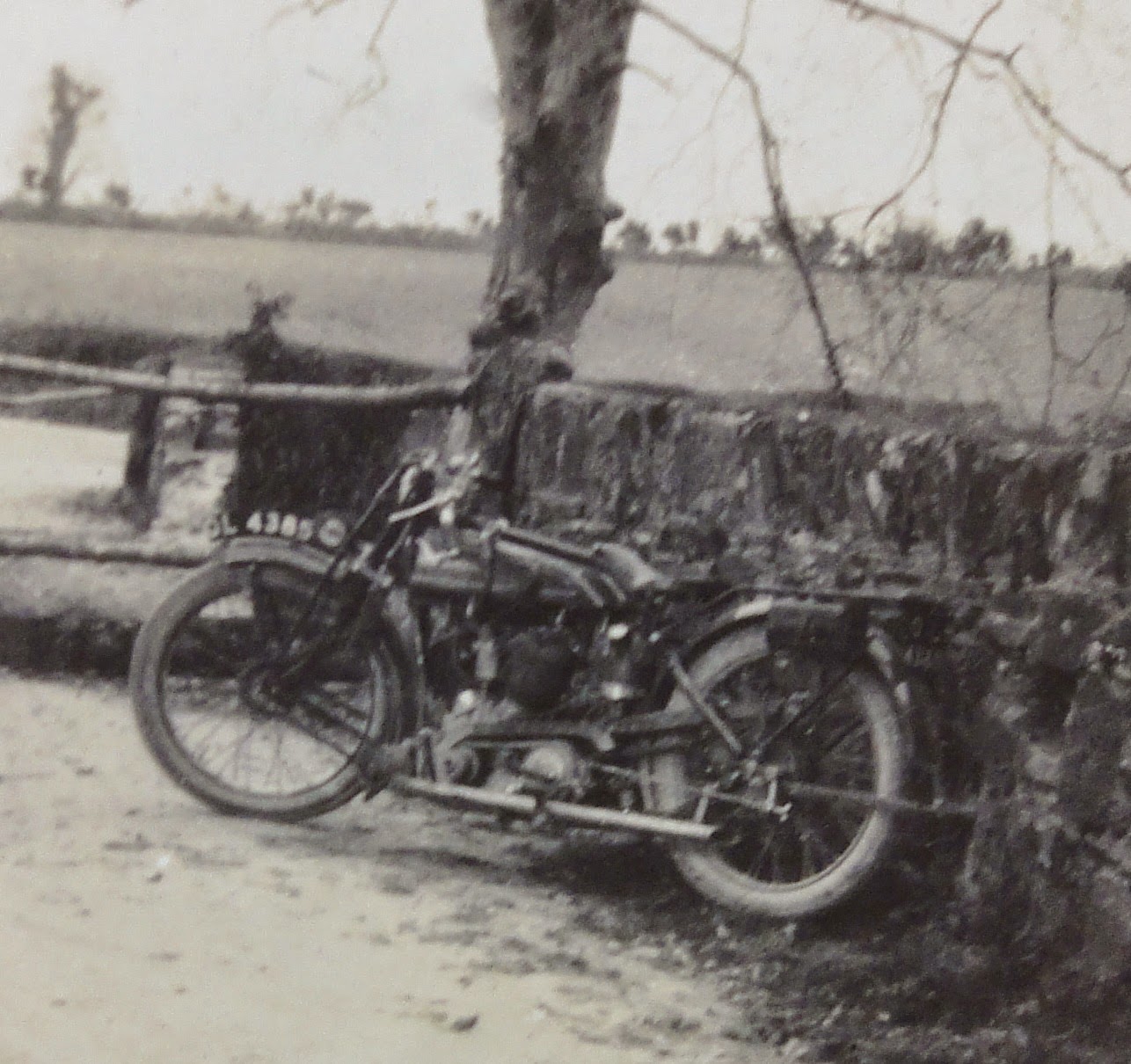This essay was originally published as my monthly column in Classic Bike Guide magazine. If you don't already subscribe, I'd recommend it as an excellent overview of the vintage and contemporary 'old bike' scene.
 |
| The atrium of the Guggenheim Museum in NYC, the first stop of the incredibly successful 'Art of the Motorcycle' exhibit in 1998, which changed the old bike scene incalculably |
Art and the Motorcycle
"I graduated from college in 1984, when old motorcycles were junk, and started my career in earnest, as a hoarder of relics, an old bike swapper, and a sometime dealer. In the 1980s and 90s, if you didn’t agree that obsolete motorcycles should be discarded, you were an eccentric. If you owned a corral of ‘rusty old bikes’, you were on par with the scrap-man, and the theme from ‘Sanford and Son’ hung about you like perfume. No matter the depth of your passion, seriousness of your interest, or evidence of your connoisseurship in the astute historic purchases you’d made, when you informed a civilian that you collected vintage motorcycles in the 1980s, their response was invariably ‘why’?
 |
| My scruffy all-Norton garage in 1985...a place of horror for the uninitiated, and unbridled joy for enthusiasts |
We of a certain age endured the special scrutiny awarded vintage bike collectors, which is not to diminish the raised eyebrows cast at every motorcyclist in a first-world country. Why citizens feel an obligation to warn us that motorcycles are dangerous and we’ll surely be killed like their second cousin Virgil, beggars the rational mind. As if we were new to the game, and hadn’t learned PDQ what the rules were, and the consequences of mistaking our chosen playing field for a friendly game. We know the risks, and deal with them according to our personality; some of us wear crossing-guard vests over the latest protective gear and ride BMWs with anti-lock brakes, while some of us wear socially abrasive vests, asphalt-eater denim, and have no front brake. Regardless, we are all stained by the same sin, an addiction to the erotic cocktail of speed, unfettered mobility, and danger unique to motorcycling.
 |
| Exhibition designer Frank Gehry clad the Guggenheim's atrium in reflective sheeting |
The Art of the Motorcycle exhibit at the Guggenheim Museum back in 1998 changed the course of history for old bike lovers, in ways we’re still sorting out. It was a brave and controversial move by Thomas Krens, the Guggenheim’s bike-riding director, to mount the show at all. He had been in talks with BMW for many months, who were looking for a suitable exhibition to bankroll. It seemed a natural fit that a motorcycle manufacturer should sponsor the most important bike show in history, but not everyone agreed. Regardless that it was the Museum’s second most-visited exhibit ever, plenty of critics found reason to deride the show, calling it a crass pandering to BMWs corporate money, and a surrender of curatorial integrity to the twin evils of cash and popular culture.
 |
| The late Robert Hughes, art critic, author, and TV art interpreter, with his Honda CB750 ca.1971 |
Of course, ‘we’ had our allies…including any art critic who’d actually ridden a motorcycle. The late Robert Hughes, author of the seminal modern art books and PBS show ‘Shock of the New’, wrote on the back page of Time magazine (Aug 18, 1998)that it was high time bikes were in museums. His only lament was the absence of choppers (barring a ‘Captain America’ replica), which he considered especially worthy of big museum show as unheralded examples of Folk Art, in the subcategory Outsider Art. To that, we all nodded our heads; a biker might be as mainstream as Malcolm Forbes, but we all identify with outsider status, because motorcycles are the great leveler. On a bike, the distracted Volvo mom and the half-asleep pickup trucker care not for your bank account, social position, or fame; all are equal before their lethal grille.
 |
| I was privileged to attend a private after-hours viewing of the Guggenheim show as a member of the Brough Superior Club; there were 6 of us hosted by curator Ultan Guilfoyle, with whom I've since become friends (and he's a judge this year with the Motorcycle Film Festival!). All of us present knew that Brough prices would soon explode... |
Among bike collectors, the response to the Art of theMotorcycle was a mix of ‘it’s about time’ and ‘oh boy, here we go’. That motorcycles should be equated with the art objects typically found in museums was a conclusion reached at the start of any vintage enthusiast’s journey. That second reaction – uh oh – was the awareness that our private world, the subterranean network of moto-obsessives, would shortly be blown wide open. We couldn’t have predicted ‘Pickers’ and reality-ish motorbike TV, but we knew the gig was up; it was only a matter of time before the money-juice saturating museum treasures would slime our hobby for good, and we’d all become professionals and auction watchers, or hide our heads in old oil drums while greedy ‘value-hunters’ banged on our garage doors.
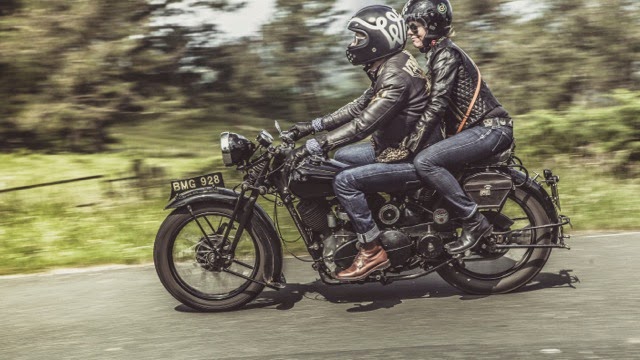 |
| Regardless that Broughs have become expensive; they're still motorcycles, and are best when ridden. Here Susan McLaughlin and I ride a 1933 Brough Superior 11-50 through the Pyrenees last June at Wheels+Waves, courtesy of Mark Upham, owner of the Brough Superior name. |
And so it has proved. For better or worse, we have all become grease-stained connoisseurs, struggling to keep our mobile investment portfolios on the road at the very best, or hidden out of sight at worst. Nowadays stories of fraud and wobbly ethics circulate like cancer tales at an old-folks home; personal ‘loans’ taken out of rich club coffers, ultra-shady deathbed ‘gifts’ of Series A Vincent twins, significant provenance machined from lumps of new metal. Humans are consistent; similar tales are stacked like rocks as the very foundation of the Bible. But sometimes, I just want to ride my old bike, and fast enough to keep the invisible price tag behind me, flapping in the breeze."
Sign up for TheVintagent in your email, it's free!





